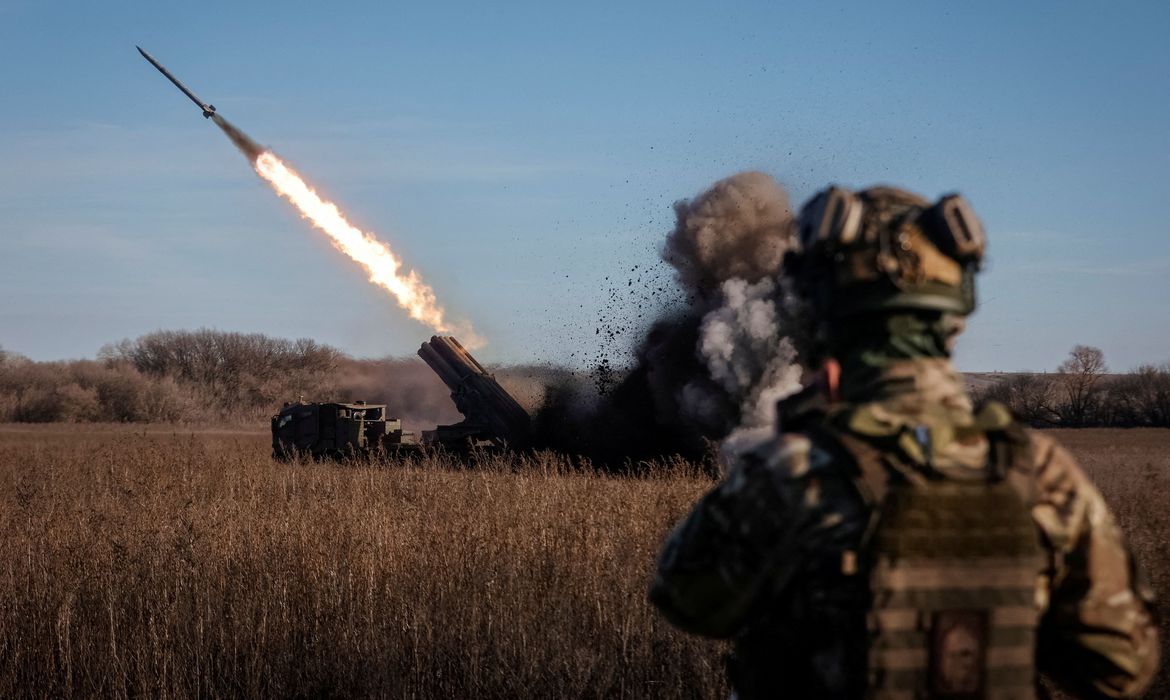
By Manuel Domingos Neto
Armed forces always renew themselves, copying each other. Warriors always look for the best way to hit without exposing themselves.
The last wave of change began with the Gulf War (1990-1991), the greatest festival of force and cruelty since Hiroshima and Nagasaki. Within weeks, the United States, leading a coalition of 30 countries, leveled Iraq, all broadcast live on television, turning the world into one big coliseum.
Large companies exhibited the quality of their products and then profited from rebuilding the country and exploiting its oil. The United States told the world that it had the power
The Soviet Union lived its death throes and, for the first time in modernity, the idea of a unipolar world order appeared.
But the shirt of Alexander of Macedonia did not go well with the President of the United States: soon the collapse of the Twin Towers would reveal his vulnerability. It was left to George Bush to lead a “war on terror” that showed more panic than strength.
From the point of view of organizing Defense systems, one challenge stood out: the combined use of new instruments, with emphasis on “stealth planes” (which escape radar), “intelligent bombs” (capable of reaching the target with high degree of precision), unmanned aerial vehicles (capable of observing and shooting) and the immeasurable possibility of obtaining information through satellites and radars.
The dominant words in warriors’ conversations became “interoperability”, “integration”, “combination”, “synchronization” and “real time”. It would be no use having extraordinary instruments without knowing how to combine them. Changes in military organizations and links with public security systems would be in order. The demolition of the Towers had revealed flaws in police intelligence that left the military unable to respond in a timely manner.
In 2015, the US military strategy summed up the uncertainties resulting from the innovations as follows:
Emerging technologies impact the calculus of deterrence and conflict management, increasing uncertainty and compressing space (of time). For example, attacks on our communication and detection systems can occur with little or no warning, altering our ability to assess, coordinate, communicate and respond. As a result, future conflicts between states may prove unpredictable, costly and difficult to control.

By “emerging technologies”, the document even referred to missiles that exceed several times the speed of sound, have their own intelligence, deceive radars and accurately reach increasingly distant targets. The emphasis on uncertainties arising from innovations contradicted the notion of absolute supremacy.
Another excerpt from the same document indicated the need for institutional reforms in view of combining efforts on a large scale:
This integrated strategy requires us to conduct synchronized operations around the world, implement institutional reforms at home, and maintain the capabilities and readiness needed to prevail in conflicts that can differ significantly in scope, scale, and duration.
The current confrontation between Russia and NATO, developed in Ukraine, draws attention for its unpredictability. Not since the nuclear warheads in Cuba in 1962 has there been so much talk of Armageddon. With miniaturization, it has become difficult to know where they are, where they can be launched from, where they can arrive, how long they would take to arrive and what would be the damage of nuclear artifacts.
The way of war changes vertiginously when the dispute for hegemony in the world order intensifies, as it does now. The Yankees are harassed by Chinese resourcefulness, Europeans lose their centuries-old projection, Russians react to attempts to annul their military capacity, intermediate powers in Asia show claws, South America revives political destabilization and grows the probability of a conflagration involving, strictly, all living beings on the Planet.
Millions of super-equipped rambos and thousands of powerful tanks are overtaken by beasts in front of computer screens. Cyber warfare can immobilize armies and supply and communication services. Without firing a shot, a skilled aggressor will cause great damage, fear, suffering and countless losses of life.
One State, wanting to bend another, will try to subject it to deprivation by cutting off its basic means of subsistence. The old land sieges and naval blockades gained a new face. Today, “economic sanctions” are warlike expedients. In a world of interdependencies, states try to suffocate their enemies by confiscating their foreign exchange reserves, preventing their trade, denying them access to technologies, making their industries unfeasible and destabilizing their political systems.
Hybrid warfare imposes cognitive shocks, demoralizes political leaders, undermines moral values, dismantles political regimes and drives societies insane to the point of suffocating strange figures, as in the United States and Brazil. Hybrid warfare comes closest to the ultimate strategy: making the opponent self-destruct.
It is necessary to take care of National Defense based on multiple variables, some of them predictable, but not yet delineated. This implies reforms in the Armed Forces. Ranks clinging to old paradigms will leave their maintainers in the dark.
The hecatomb stalks humanity. At best, a new multipolar order will be designed in which Brazil will either mark its own position or slip into the bisonous subalternity that characterized its historical path.
(Excerpt from a book I’m finalizing, “As Fileiras que deremos”, in which I gather notes for a military reform in Brazil)
Join our WhatsApp group, clicking on this link
Join our Telegram channel, click this link
Source: https://www.diariodocentrodomundo.com.br/o-jeito-de-guerrear-mudou-por-manuel-domingos-neto/

